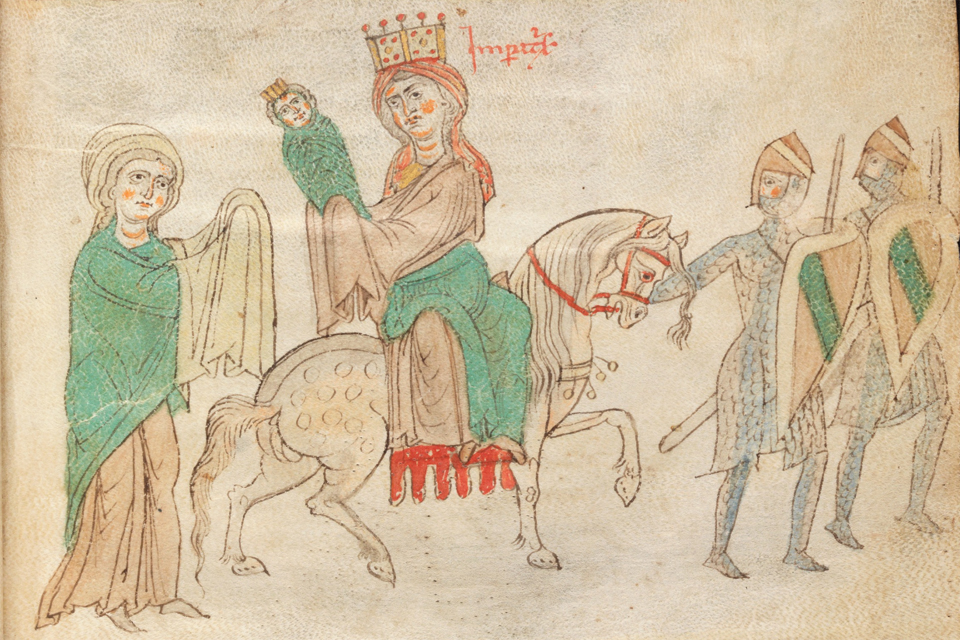What happened to queens, when their husbands, the kings, died? Was the widows of kings still regarded as queens? How did they proceed to preserve their status and political role? New book explores the phenomena of “royal widowhood” in the English as well as German High Middle Ages
Die Witwe des Königs. Zu Vorstellung, Anspruch und Performanz im englischen und deutschen Hochmittelalter
by Anne Foerster
Series: Mittelalter-Forschungen, Band 57
Thorbecke Verlag 2018
Was the king’s widow still a queen? Or a powerless dowager? When was she able to take the role as regent? And when take herself off to a nunnery to fill the role of Abbess? After the death of their royal consorts, many queens took the title and status as a matter of course. Others did not succeed. Against the background of high medieval ideas about queens, the study explores how royal widows were able to preserve their royal status even after the death of their royal husbands. It explores on which conditions such actions were based, and which external factors favored them.
Using the example of a number of English and German royal and imperial widows 1100 – 1250, whose stories are preserved in in chronicles, the study showhow and when the status “queen” of might be preserved by royal widows.
ABOUT THE AUTHOR:
Anne Foerster has studied medieval history and sociology in Freiburg, Dublin and later Frankfurt am Main. In 2016 she recieved her Phd at the University in Kassel on the subject of Medieval Queens as widows. Today, she works at the University in Paderborn continuing her research into queens and the role of kinship in the German and English Early as well as High Middle Ages.

